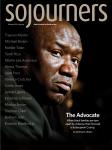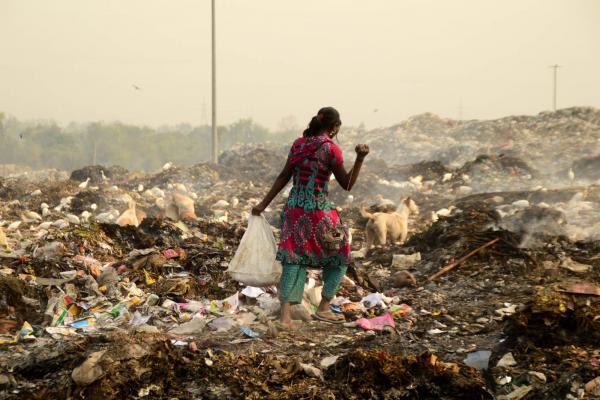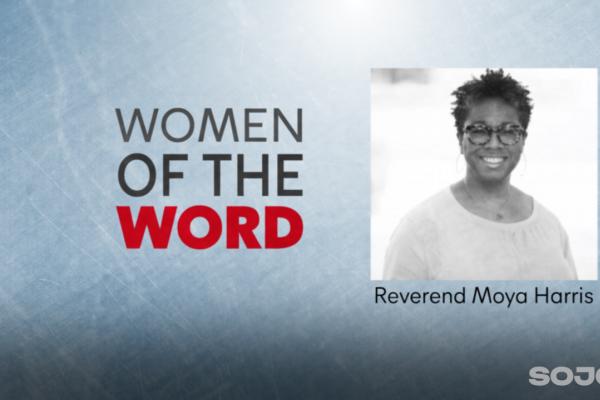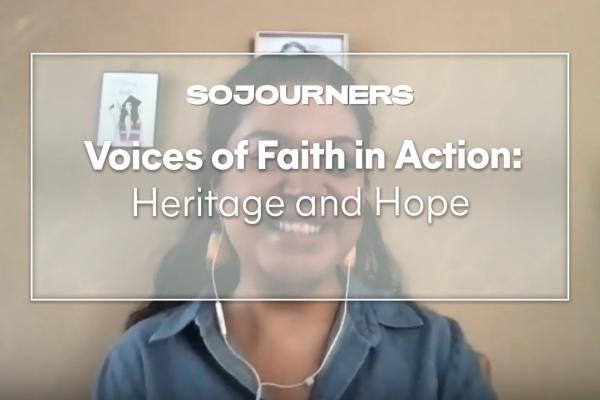THE WORLD RECEIVED some very good news in September. The percentage of the global population living in extreme poverty has dropped from 36 percent in 1990 to 10 percent in 2015, the lowest in recorded history. Over this period more than 1 billion people lifted themselves out of the quicksand of extreme poverty.
The Millennium Development Goals, agreed to through the United Nations in 2000, helped galvanize global leadership to cut extreme poverty in half in 15 years, a goal that was achieved a few years early due to remarkable progress in China and India. About half of the world’s countries have reduced extreme poverty below 3 percent.
In 2016, the MDGs were replaced by the Sustainable Development Goals. The SDGs represent a more integrated and comprehensive global agenda centered around 17 goals and 169 targets that now apply to every country in the world, not only to developing countries. They combine a commitment to end extreme poverty by the year 2030—especially in countries across sub-Saharan Africa and fragile conflict-affected states where progress has been uneven—with commitments to protect the environment, address climate change, combat inequality, promote peace, and improve governance.
The new goals are rooted in the principle of “dignity for all” and the sacred obligation to “leave no one behind,” which echoes Christ’s option for the poor and the biblical mandate to care for and prioritize the welfare of the widow, orphan, stranger, and people living in poverty.
Faith-based organizations, including World Vision, Islamic Relief Worldwide, Caritas Internationalis, American Jewish World Service, the World Council of Churches, and the World Evangelical Alliance, played a crucial role in ensuring that the SDGs were holistic and bold. The contributions and advocacy of faith-inspired groups is essential for generating the political will necessary to ensure the goals don’t join the graveyard of broken promises from wealthy nations to the world’s most impoverished.
Religious representatives wield incredible influence on the opinions and priorities of their adherents. This influence can be an asset in changing social norms and behavior and in building social movements. For example, since 2009 the Nigerian Interfaith Action Association has trained and mobilized more than 25,000 Christian and Muslim leaders to raise awareness about malaria and convince people to use bed nets. While previous government-funded efforts had largely failed, the religious leaders were essential in changing behavior and turning the tide in Nigeria’s battle against a common and often fatal enemy: the mosquito.
In the Democratic Republic of the Congo, an extensive network of Catholic clinics and hospitals provides 40 percent of all health services in the country. Through the work of Caritas, the Catholic Church has played a leading role not only in delivering essential services but in promoting peace in some of the most impoverished and conflict-affected countries in the world.
Sadly, foreign aid and a commitment to the SDGs is under assault across the world, including by the U.S. The goals can’t be achieved under storm clouds of protectionism, nativism, and isolationism. A world of dignity for all is undermined by doctrines of nationalism and provincialism, including the misguided America First doctrine of the Trump administration. Dignity for all is out of reach when aid budgets are under threat, climate change accelerates, violent conflicts remain intractable, and corruption continues.
Since the SDGs are not politically binding, they will only succeed if they are undergirded by a tidal wave of public awareness and pressure to hold governments accountable to promises made. The true catalyst will be the degree to which religious organizations capture people’s moral imagination and galvanize moral pressure to ensure that governments and the private sector internalize and act on this bold agenda.

Got something to say about what you're reading? We value your feedback!





